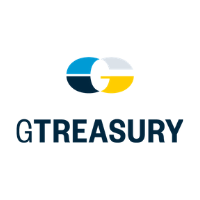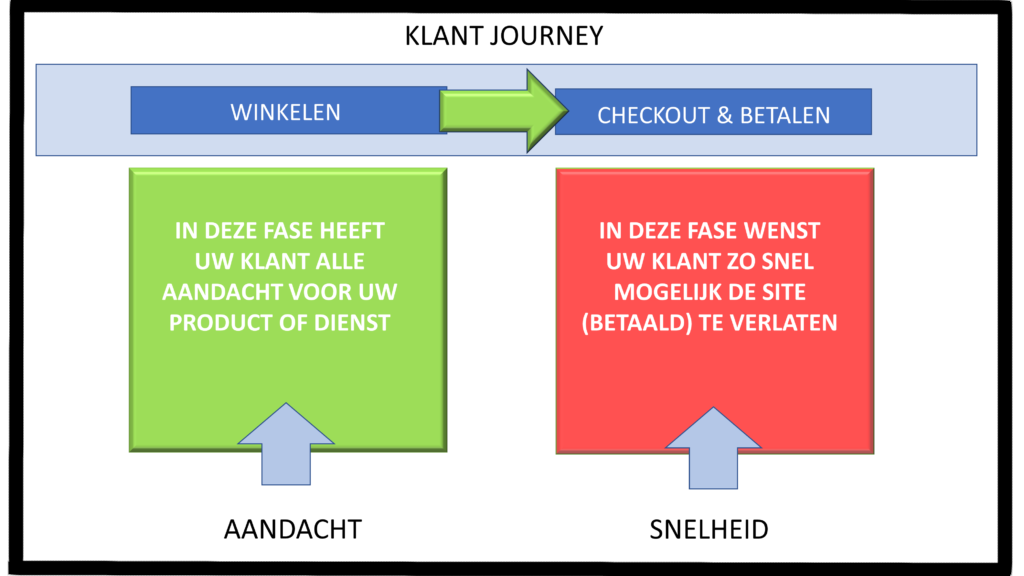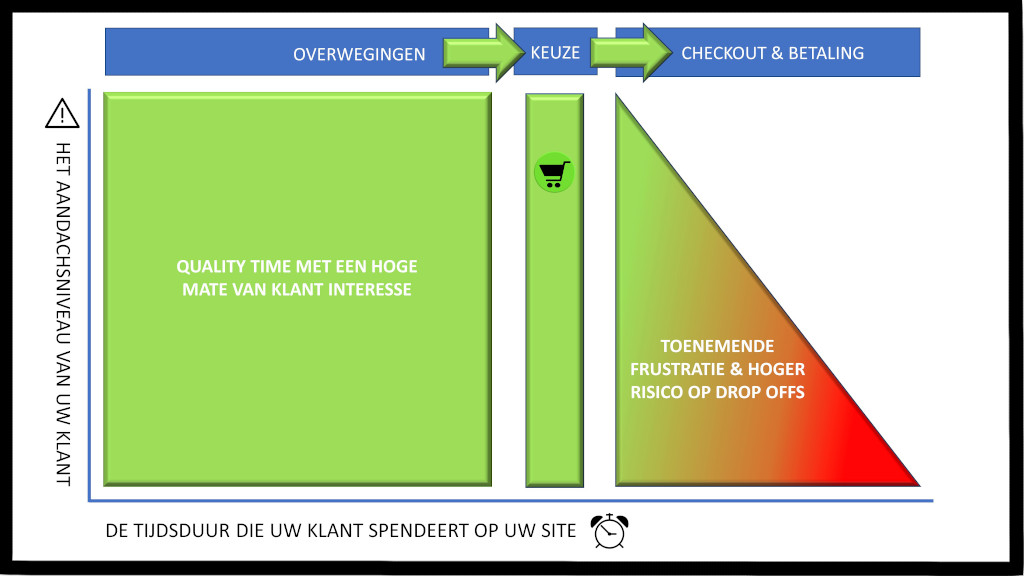03-11-2021 | treasuryXL | GTreasury |
The new report provides in-depth insight into cash reporting, cash forecasting, and technology practices and expectations across hundreds of treasury teams
CHICAGO, Ill. – November 3, 2021 – GTreasury, a treasury and risk management platform provider, and Strategic Treasurer, which delivers consulting services for treasury management, security, technology, and compliance, today announced the release of the 2021 Cash Forecasting & Visibility Survey Report.

The survey of nearly 250 treasury professionals from across industries and continents sheds light on the current state of corporate treasury’s cash reporting practices, cash forecasting methods, technology strategies, and expectations around technology spend.
Highlights from the 2021 Cash Forecasting & Visibility Survey Report include:
- Treasurers want real-time global cash position updating. The majority of treasurers are seeking global cash positions that can update on a real-time or intraday basis, but many report being stuck with weekly (or less frequent) updates. Just seven percent of survey respondents are currently achieving real-time cash position updates.
- Generating cash positions is three times harder without a TMS. Only 10% of treasurers using a treasury management system report difficulty generating their cash position, compared to 33% of those who use other methods.
- The use of AI and ML in cash forecasting is nascent but accelerating. While just 6% of respondents are currently using AI/ML for forecasting, the report indicates that number should swell to 27% of organizations within the next two years.
- More budget is being allotted for treasury and forecasting technology. Over the next year, more than 35% of companies plan “extremely heavy spending” on treasury systems and forecasting.
- Generating cash forecasts is difficult for half of all treasurers. Just 23% of treasurers report that building cash forecasts is a simple process within their organization, compared to the 48% of respondents indicating difficulty with this task.
- Excel forecasters are more dissatisfied than their TMS/ERP-using peers. Compared to treasurers relying on TMS/ERP technologies, treasurers using Excel spreadsheets for forecasts are more than three times as likely to be dissatisfied with their forecasting output: 23% of those relying on Excel report discontent, compared to 8% leveraging TMS/ERP solutions.
“The findings in this year’s Cash Forecasting & Visibility Survey Report provide a clear view into what matters to corporate treasury right now, and the areas that are particularly ripe for modernization,” said Craig Jeffery, Managing Partner at Strategic Treasurer. “AI and ML is arguably the biggest sea change coming to treasury teams, and it will move quickly. Treasury teams are realizing the challenges of building AI/ML-infused capabilities internally, and are instead adopting AI/ML forecasting capabilities within their existing systems. The rapid anticipated adoption here will empower corporate treasurers with transformative new practices and approaches, from treasury management to FX to payments.”
“The treasury ecosystem is constantly evolving, and this survey illuminates not just how treasury operates today, but how treasurers want – and expect – it to tomorrow,” said Michele Marvin, VP, GTreasury. “From CFOs to treasury and accounting teams, the results of this report are revelatory when it comes to navigating the current treasury technology landscape, adopting best practices, and capitalizing on the most advantageous opportunities going forward.”
Those interested in further results and analysis from the 2021 Cash Forecasting & Visibility Survey Report can view a recorded webinar, hosted by GTreasury and Strategic Treasurer, analyzing the results of this report: https://resources.gtreasury.com/Cash-Forecasting-Report-On-Demand-Webinar-Request.html
The downloadable report is available at: https://resources.gtreasury.com/Cash-Forecasting-Visibility-Report-Request.html
About GTreasury
GTreasury is committed to connecting treasury and digital finance operations by providing a world-class SaaS treasury and risk management system and integrated ecosystem where cash, debt, investments and exposures are seamlessly managed within the office of the CFO. GTreasury delivers intelligent insights, while connecting financial value chains and extending workflows to third-party systems, exchanges, portals and services. Headquartered in Chicago, with locations serving EMEA (London) and APAC (Sydney and Manila), GTreasury’s global community includes more than 800 customers and 30+ industries reaching 160+ countries worldwide.
About Strategic Treasurer
Strategic Treasurer provides consulting services for treasury management, security, technology and compliance. Corporate clients, banks and fintech providers throughout the world rely on their advisory services and industry-leading research. Strategic Treasurer is headquartered in Atlanta, with consultants based out of Atlanta, Cleveland, Detroit and Washington D.C. To learn more, visit strategictreasurer.com.


















